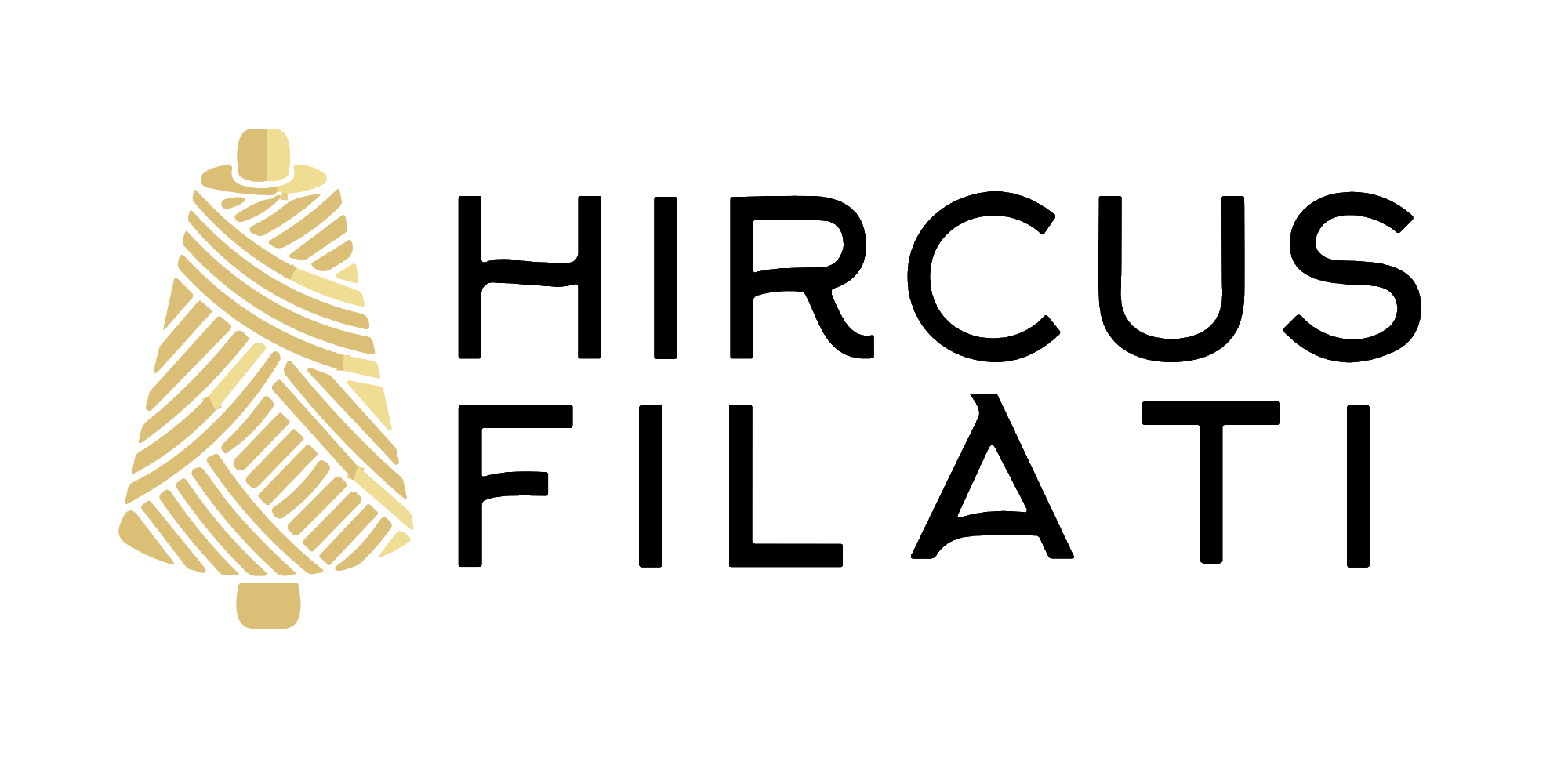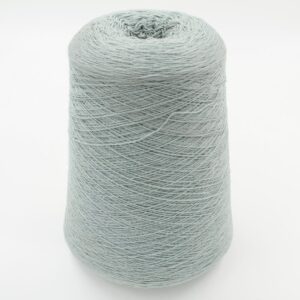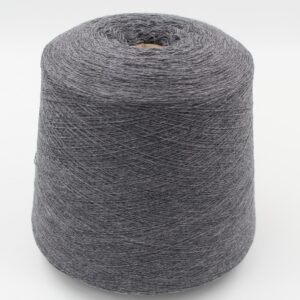No products in the basket.
Information about our yarns: processing, fulling, etc.

Our yarns come from the leftover stock of knitting mills, auctions, etc., which is why we can offer an exceptional product at very competitive prices.
Knitting mills normally work the yarns to be fulled, and proceed to the fulling afterwards, on the finished garment. Therefore, the yarns you find on our website are all (or almost all) to be fulled.
In the following videos below I will explain how to work the yarns in bobbins to be fulled and do the fulling in your washing machine at home.
N.B: Fulling, treating or washing mean the same thing. You will hear me use one or the other of these terms as I explain.
In this first video I will talk to you about our yarns:
In this second video I talk to you about the two ways of working the yarns in bobbins. The first is to make skeins and wash them so as to then work the already fulled yarn, the second is to wash a 20×20 cm sample to then do the final work and full the finished garment with the same method as the sample:
In questo terzo video ti raccomando e ti spiego l’utilità di fare sempre, in entrambi i casi, ripeto sempre, un campione prima di fare il lavoro finale. I maglifici che lavorano da anni con qualsiasi tipo di filato fanno sempre un campione di preproduzione prima di passare alla produzione, per evitare di commettere errori in produzione. Il campione serve a molte cose: sentire la mano del capo finito dopo lavato il campione, calcolare i rientri, calcolare i consumi, calcolare le misure del capo finito, vedere come viene il tipo di punto.
In this last video I will show you how the skeins should be made and I will explain how to wash them. I will not show you a video of how to make a 20×20 cm sample because I assume you know how to do it. The washing procedure for the sample is the same as for the skeins.







